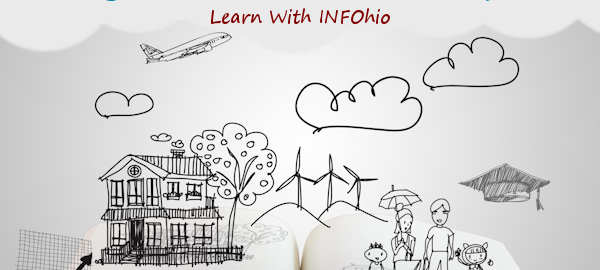“While Mr. Sanders led New Hampshire polls for the last month, and Mr. Trump was ahead here since July, the wave of support for both men was nonetheless stunning to leaders of both parties who believed that in the end, voters would embrace more experienced candidates like Mrs. Clinton or one of the Republican governors in the race.” — New York Times, 2/9/2016 http://www.nytimes.com/2016/02/10/us/politics/new-hampshire-primary.html
“Donald Trump was at the top of each of the last 10 polls in Iowa, but his lead failed to hold up on caucus night Monday. In the end, his seven-point lead in polling averages amounted to a three-point loss to Ted Cruz.” — New York Times, 2/2/2016, http://www.nytimes.com/2016/02/03/upshot/polls-were-way-off-on-donald-trump-heres-what-it-means.html?partner=rss&emc=rss&_r=0
“Imagine that you’re a member of Congress, I said, and you’re about to head into the House to vote on an act—let’s call it the Smeadwell-Nutley Act. As you do, you use an app called iThePublic to learn the opinions of your constituents. You oppose Smeadwell-Nutley; your constituents are seventy-nine per cent in favor of it. Your constituents will instantly know how you’ve voted, and many have set up an account with Crowdpac to make automatic campaign donations. If you vote against the proposed legislation, your constituents will stop giving money to your reëlection campaign. If, contrary to your convictions but in line with your iThePublic, you vote for Smeadwell-Nutley, would that be democracy?” — The New Yorker, 11/16/2015, http://www.newyorker.com/magazine/2015/11/16/politics-and-the-new-machine
So … It’s been an interesting week (or year!) for polling and predicting who will be President. One of the reasons that the grant team felt like the time was right for providing data literacy, professional development to librarians was because of the election in the not-too-distant future. Interpreting polling data is vital to helping our students become informed citizens.
Why do polls “get it wrong” or surprise people? Charles Wheelan In Naked Statistics (one of our “homework books” ) does a great job explaining where things can go wrong in polling. In addition to the points made by Nate Cohn from the New York Times regarding who is taking the polls — flawed voter models, unrepresentative samples, the influence of late-breaking events — Wheelan encourages us to look closer at the questions and answers in these surveys …
- Have the questions been posed in a way that elicits accurate information on the topic of interest?
- Are respondents telling the truth?
When so much seems to be riding on perception in this election (look at what happened in the Midterm election and how people’s perception of the economy informed how they voted), opinion polls matter. Jill Lepore writes in the New Yorker that “Polling may never have been less reliable, or more influential, than it is now.” The public relies on the media to provide them with a good sense of what’s going on in the world. Data science paired with data literacy skills can do that. Misinterpreted survey data or polls conducted unethically leads people to draw conclusions that may just reinforce partisan beliefs (again, see what happened in the Midterms).
Yes … I know … There are whole graduate programs devoted to the methodology of conducting surveys — Programs that might cover how to conduct good opinion polls! But in this wild rodeo of an election where BOTH sides have voters who are bull-headed, I think teaching high schoolers to ask basic questions like “Who is answering the questions in this survey?” and “How might the format of this question influence the answer?” are good strategies as they move forward to become informed citizens and not just partisan, rodeo clowns.
Image: File:Post, TX, Stampede Rodeo stadium IMG 1722.JPG by Billy Hathorn on Wikimedia Commons. CC BY 3.0.
![By Billy Hathorn (Own work) [CC BY 3.0 (http://creativecommons.org/licenses/by/3.0)], via Wikimedia Commons](http://datalit.sites.uofmhosting.net/wp-content/uploads/2016/02/800px-Post_TX_Stampede_Rodeo_stadium_IMG_1722-300x225.jpg)

